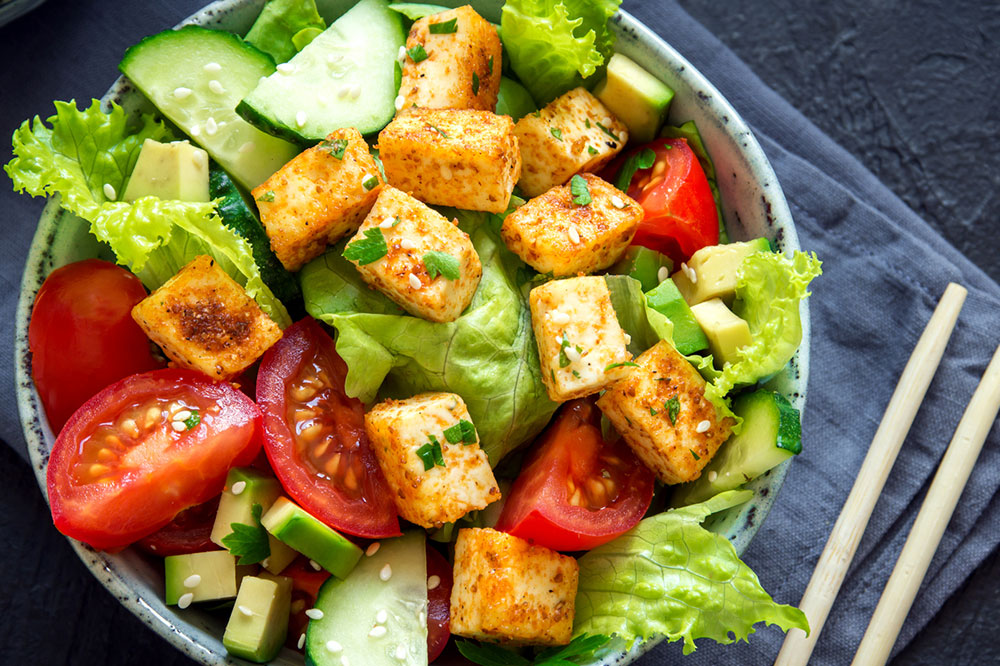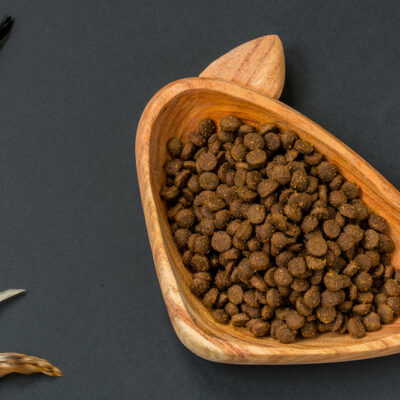
Tips to Plan and Manage Keto Diet
Food is fuel for the body and planning a proper diet ensures your system can function properly. It all starts with identifying the foods to incorporate, avoid, and substitute as part of your new diet. You must also pay attention to the intrinsic changes, dos and don’ts of the new routine to ensure no health complications arise out of dieting. Keto is one of the several complex diets that are more meat and fat based. During ketosis, the body gradually adapts to absorbing energy from fatty foods and rich sources of meat in place of carbohydrates.
The following are the dos and don’t made necessary when dieting the keto way.
Indulge in meats and seafood
A keto diet is not effective unless you substitute heavy carbs and calories for more protein-rich and fatty foods. Meats are an excellent source of protein. Beef, chicken, pork, and lamb are preferable unprocessed options. It is okay to have a few processed meats like bacon, organ meats, and sausages but in moderation only. A rich selection of seafood further helps supplement this diet, with choices like crabs, oysters, lobsters, squid, and even scallops. Smaller fish like sardines, mackerel, tuna, herring, and anchovies can also be included in the meal plan.
Include more healthy fats
Among the many dos and don’ts of keto dieting, ensure you do get a major portion of calories from healthy fats and foods rich in omega 3s. And yes, this does not include unhealthy trans and saturated fats. Normally, carbohydrate-rich foods supplement this requirement. However, with a keto diet, you must incorporate more monosaturated and polysaturated fats, usually found in assorted nuts, green leafy vegetables, and certain types of fish. Walnuts, pecans, flaxseed, spinach, avocados, salmon, and sardines are healthy sources of omega 3-rich fatty acids. Dairy products are also great sources of milk fats. Butter, cheese, heavy cream, and whole milk can be substituted in recipes to introduce this naturally. Although, people with lactose intolerance must be careful and can alternatively use soy milk, almond milk and plant based yogurts.
Avoid starchy options and opt for healthy greens
Almost every diet plan incorporates a number of healthy green vegetables for nutritional balance. But ensure you only include vegetables that grow above the ground since several root vegetables like carrots and potatoes are rich sources of carbohydrates. Popular choices that you can stir fry, steam, or consume boiled include cauliflower, cabbage, broccoli, and zucchini. Apart from these veggies, you can prepare crunchy salads with lettuce, spinach, kale, and Swiss chard to balance out the many textures and flavors in the meal.
Certain other lifestyle changes must also be made among the dos and don’ts of Keto dieting. Check your blood sugar levels periodically and drink plenty of water to reduce the risk of dehydration.


